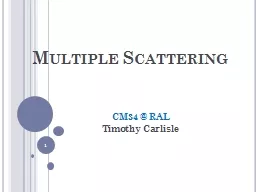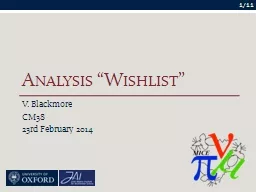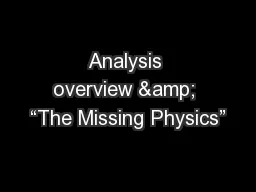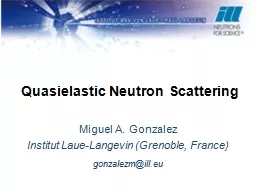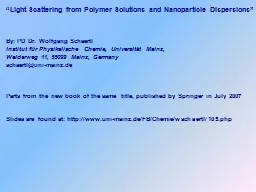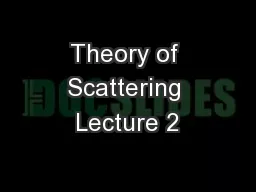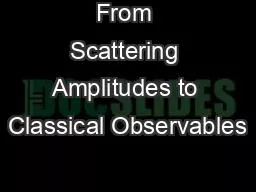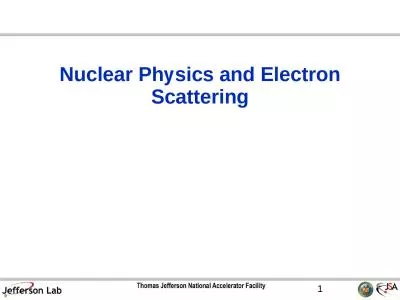PPT-Multiple Scattering
Author : calandra-battersby | Published Date : 2016-12-15
CM34 RAL Timothy Carlisle 1 Intro MICE performance predicted using the cooling formula CF G4MICE CF see prev CMs Simulation disagrees with CF by up to 20 MS
Presentation Embed Code
Download Presentation
Download Presentation The PPT/PDF document "Multiple Scattering" is the property of its rightful owner. Permission is granted to download and print the materials on this website for personal, non-commercial use only, and to display it on your personal computer provided you do not modify the materials and that you retain all copyright notices contained in the materials. By downloading content from our website, you accept the terms of this agreement.
Multiple Scattering: Transcript
Download Rules Of Document
"Multiple Scattering"The content belongs to its owner. You may download and print it for personal use, without modification, and keep all copyright notices. By downloading, you agree to these terms.
Related Documents

